Eugène Delacroix was a French artist and a key figure in Romantic painting. He was born in Charenton-Saint-Maurice on April 26, 1798 into an upper class French family. After high school, he enrolled at the Ecole des Beaux-Arts. He studied masterpieces in the Louvre, focusing on important sixteenth- and seventeenth-century painters. From the start, Delacroix’s art displayed elements of the dramatic. The Barque of Dante, accepted by the Paris Salon in 1822, displayed strong contrasts between light and darkness as well as the unsettled movement of bodies. The young artist’s raw talent struck observers and critics alike.
The following year he began The Massacre at Chios. The painting was inspired by contemporary events, in this case the Turkish repression of Greek nationalists. Delacroix portrayed prisoners awaiting deportation. On the right stood a Turkish soldier brandishing a sword. Delacroix alternated between historical and literary themes as well as those influenced by current events.
He painted countless portraits of artists, musicians, and poets. His most famous work, Liberty Leading the People, pays tribute to the popular 1830 insurrection against King Charles X and the ascent of Louis-Philippe. The female figure at the center of the painting personifies freedom, marching at the head of the masses with the French tricolor flag unfurled. In 1832, Delacroix journeyed to North Africa in search of new subjects. The paintings that emerged display the artist’s interest in local customs and reflect his ability to reproduce the Mediterranean’s bright, golden light. Among the most well known, Women of Algiers in their Apartment, was put on display in Paris that year and subsequently purchased by Louis-Philippe.
In the 1840s Delecroix returned to ancient and mythological themes. His brushstroke technique appeared to accelerate, yielding even brighter colors and more dense compositions. His fame grew greater still and he received important public commissions. His last works were frescoes that for the Chapelle des Anges in Paris’ Saint-Suplice church. Eugène Delacroix died in Paris on August 13, 1863, leaving behind diaries in which he reviewed his life and reflected on painting.
The following year he began The Massacre at Chios. The painting was inspired by contemporary events, in this case the Turkish repression of Greek nationalists. Delacroix portrayed prisoners awaiting deportation. On the right stood a Turkish soldier brandishing a sword. Delacroix alternated between historical and literary themes as well as those influenced by current events.
He painted countless portraits of artists, musicians, and poets. His most famous work, Liberty Leading the People, pays tribute to the popular 1830 insurrection against King Charles X and the ascent of Louis-Philippe. The female figure at the center of the painting personifies freedom, marching at the head of the masses with the French tricolor flag unfurled. In 1832, Delacroix journeyed to North Africa in search of new subjects. The paintings that emerged display the artist’s interest in local customs and reflect his ability to reproduce the Mediterranean’s bright, golden light. Among the most well known, Women of Algiers in their Apartment, was put on display in Paris that year and subsequently purchased by Louis-Philippe.
In the 1840s Delecroix returned to ancient and mythological themes. His brushstroke technique appeared to accelerate, yielding even brighter colors and more dense compositions. His fame grew greater still and he received important public commissions. His last works were frescoes that for the Chapelle des Anges in Paris’ Saint-Suplice church. Eugène Delacroix died in Paris on August 13, 1863, leaving behind diaries in which he reviewed his life and reflected on painting.
RELATED


WATER LILIES (SERIES)


CLAUDE DEBUSSY
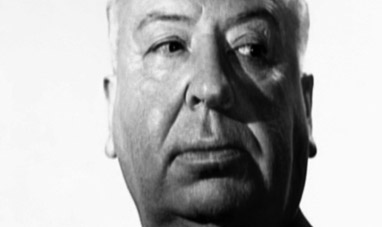

ALFRED HITCHCOCK
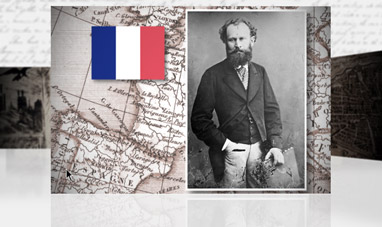

EDOUARD MANET
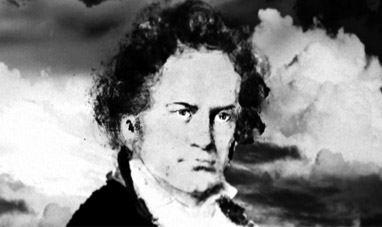

LUDWIG VAN BEETHOVEN


EUGENIO MONTALE


PIERRE AUGUSTE RENOIR


ROMANTICISM
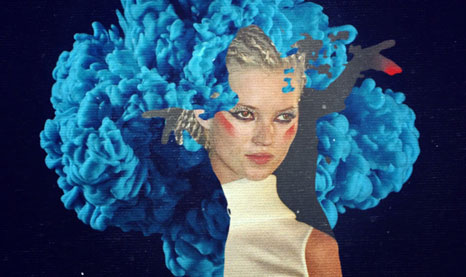

KATE MOSS
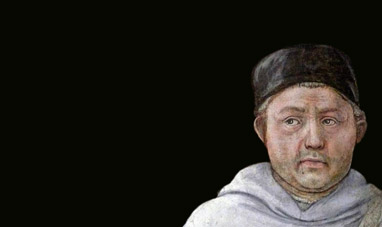

FILIPPO LIPPI
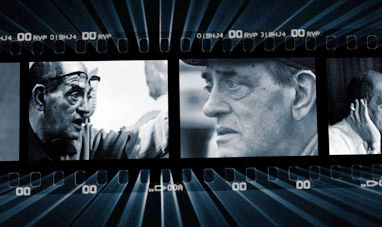

LUIS BUÑUEL
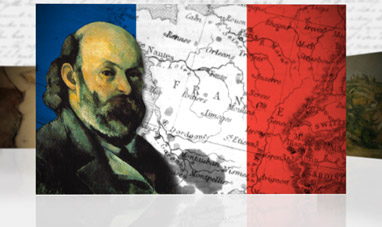

PAUL CÉZANNE
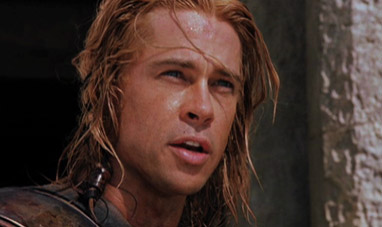

BRAD PITT
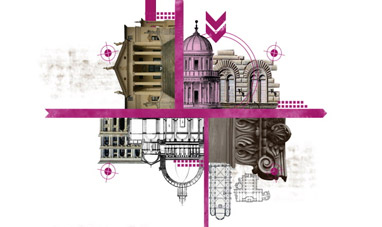

LEON BATTISTA ALBERTI
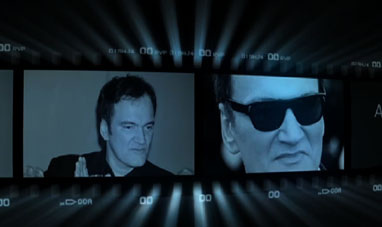

QUENTIN TARANTINO
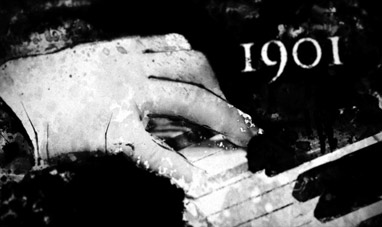

SERGEI RACHMANINOFF
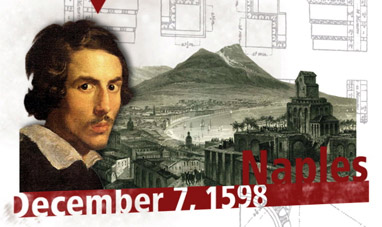

GIANLORENZO BERNINI


MIES VAN DER ROHE
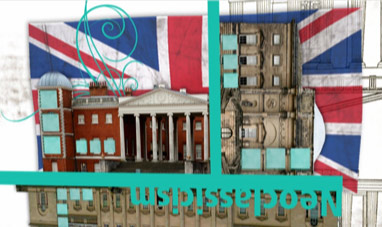

ROBERT ADAM


GRACE KELLY
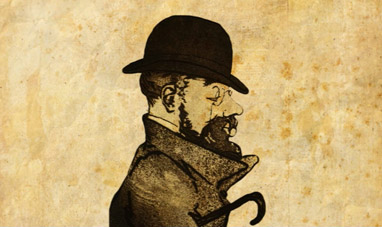

HENRI DE TOULOUSE-LAUTREC
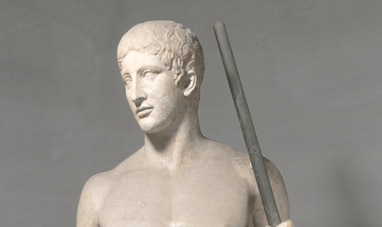

POLYCLEITUS
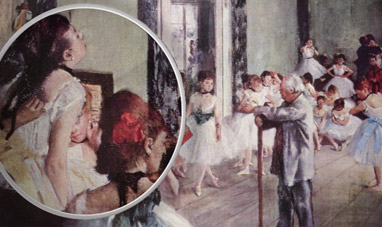

THE DANCE CLASS
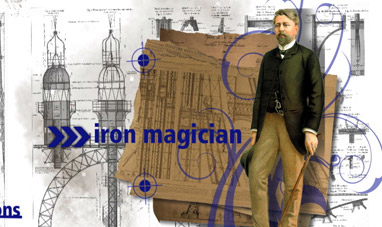

GUSTAVE EIFFEL
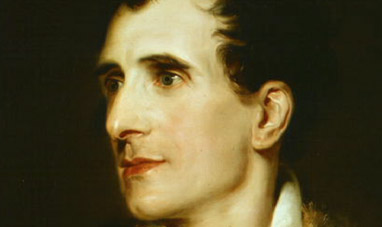

ANTONIO CANOVA
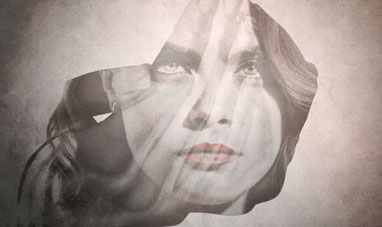

CARA DELEVINGNE
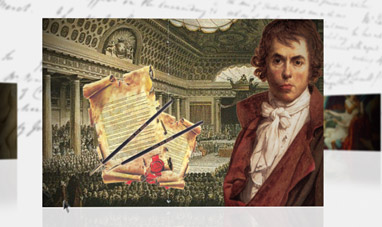

JACQUES LOUIS DAVID
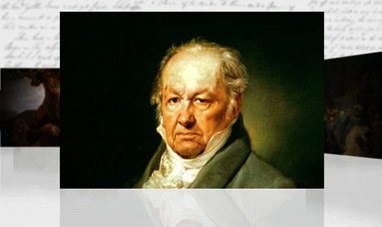

FRANCISCO GOYA
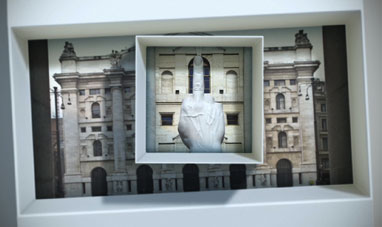

MAURIZIO CATTELAN


EURIPIDES
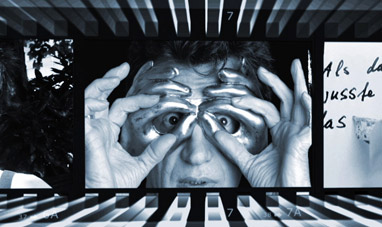

WIM WENDERS


MARILYN MONROE
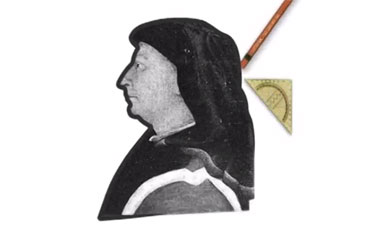

FILIPPO BRUNELLESCHI


GIAN MARIA VOLONTÉ
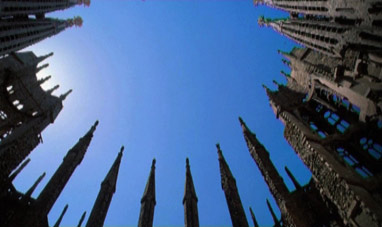

ANTONI GAUDÍ
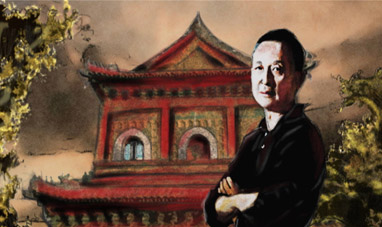

GAO XINGJIAN
